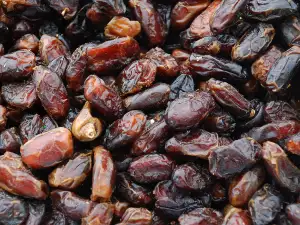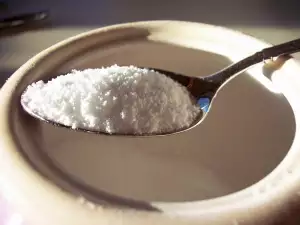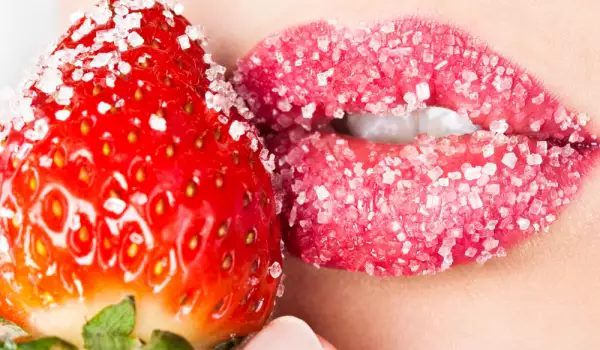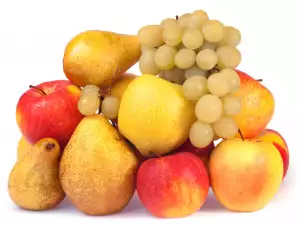Fructose is a carbohydrate with a sweet taste. In its physical indicators, fructose is like glucose. It has a sweeter taste than glucose and in contrast, it is dissolved in alcohol. Fructose has the same molecular mass, qualitative and quantitative composition as glucose. By chemical properties, it is meant that it contains five hydroxyl groups and a ketone group.
Most people who hear the word fructose imagine fruits. In practice, however, we take the majority of fructose thereof, and of the substituents of sugar to be used in a number of non-alcoholic beverages, confectionery and other products. Most fructose is prepared from sugar which is a disaccharide consisting of fructose and glucose.
Benefits of fructose
One of the most recent studies show that fructose in moderate amounts may not be so bad for the body. As recommended, its adoption in its pure form is not great for diabetics. One of the greatest advantages of fructose is, that is 30% less calorific than sucrose.

Another advantage is that it to a lesser degree influences the glucose in the blood. It is one of the few sweeteners having good preservative properties, and is therefore used for the preparation of certain diabetic jams and marmalades. Not least of all, fructose accelerates the breakdown of alcohol in the blood.
Dangers of fructose
According to studies, fructose is inverted sugar, which is not treated with insulin and does not reach the muscle cells to be burned as energy of motion, and is treated at the level of your liver. When a person eats a fruit, but the liver is full of glycogen, there is no place for fructose and it turns into triglycerides.
They are responsible for high blood pressure and many heart problems that occur afterwards. The majority of lipids formed from this sugar is wound around the body and threatens health. This accumulation is known as visceral obesity.

One of the biggest drawbacks of fructose is its inability to be absorbed. It remains undigested in the intestine and the effects are bloating, indigestion, flatulence. It is estimated that between 30 and 40% of people have similar problems.
Fructose may be one reason your body is not getting rid of excess fat, struggling with it for weeks or even months. However, before you start to avoid most products, check the labels of your most frequently purchased products. Undoubtedly, fructose always finds a place at the table, but how and when, it might be a matter of choice.
Fructose has a number of suppression properties. It stops the absorption of copper /essential mineral entering the synthesis of hemoglobin/. A deficiency of this mineral can cause cancer.
Fructose has a suppressive function not only to insulin sensitivity but also to leptin. This is the hormone responsible for feelings of satiety. When this hormone is low, one is able to eat without measure. This can lead to obesity and unbalanced ratio of good and bad cholesterol.
Sources of fructose

Fructose is contained not only in the different types of fruit and vegetables, but also in various prepared food products. Particularly favourable for the organism is, if the amount of fructose in it exceeds that of ordinary sugar.
Food products containing fructose are: fruits /apples, grapes, pears, etc./. dried fruit /dates, figs, raisins/; vegetables / cabbage, beets, red peppers, etc. /. dill and its containing food products; jams, marmalades, fruit milk products, ketchup, vinegar, mustard, prepared sauces, mayonnaise, chocolate, diet products and diabetic products, various kinds of sweets.
Fruits with the lowest fructose are avocado, apricot, blackberries, figs, grapefruit, plums, raspberries, strawberries, papaya, peaches. However, vegetables have far lower levels of fructose than fruits. Most saturated fructose is in sweet potatoes and corn.
It is wrong to believe that we should stop the consumption of fruit. All negatives are a fact of fructose at high intake levels. Not so with sweetened beverages and other sources of fructose, however.
















